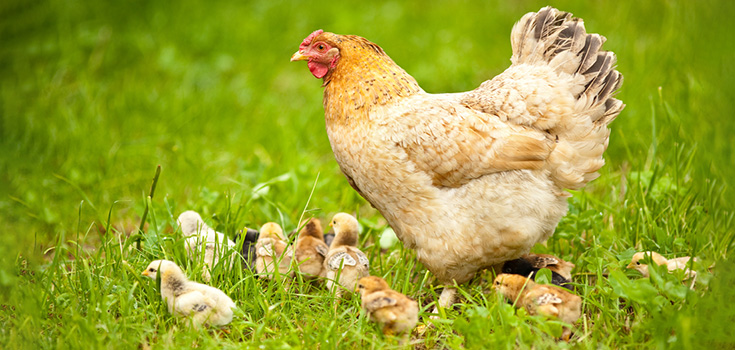Some Free Range Chickens Found to Actually be Caged

One of the many problems with conventional animal and food treatment methods points back to how animals are taken care of and raised before ending up on the dinner plate. There is a growing number of people who continue to voice concerns regarding animal care and treatment methods while at the same time supporting local farmers who allow animals to roam freely. Unfortunately, many of the farms who claim to raise “free range” chicken are actually often keeping their chickens in dark, caged areas.
The Problem with Conventional Animal Treatment Today
As costs continue to rise, it is imperative that farmers take the best possible route to maximize profits and minimize costs while at the same time maximizing output. Today, farmers feed animals antibiotics so they won’t get sick and inject them with growth hormones for speedy growth. To achieve slaughter weight earlier, genetically modified grain has also been declared the meal of choice. While all of this occurs, animals are often sitting in a cage, pen, or a factory farm.
While the animals live their lives in these secluded areas, exercise levels are dismal. Instead of being able to walk around, exercise, and build a healthy amount of muscle, many of today’s raised animals seldom exercise or even see sunlight for more than a few hours each day. This kind of animal care is only leading to low quality meat and animal cruelty. While we are killing these animals for food, they should be able to live a normal, free range life until the point of slaughter.
Unfortunately this is only one instance of the consumer being lied concerning food claims. It was only a couple months ago when many ‘natural’ and organic cereal products were found to contain genetically modified corn. In addition, for years we have been led to believe that bottled water is natural spring water, while in reality many bottled waters are actually tap water. When information like this is released, consumers must use the information to make a change by purchasing elsewhere. By not supporting the farmers or companies mistreating our food and animals, a positive change occurs where a change of treatment is forced. As the buyers, we make the decisions.
